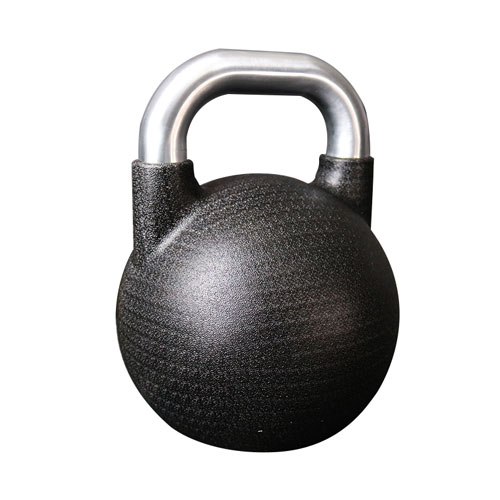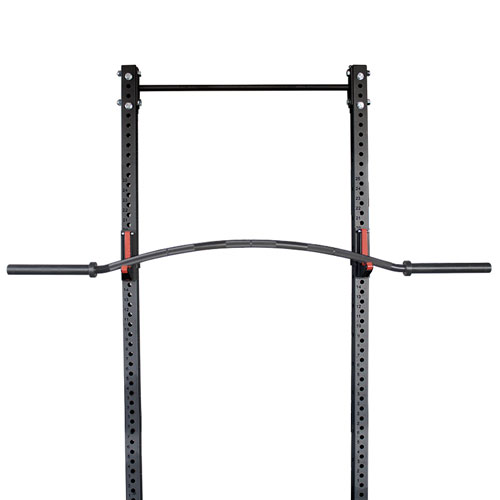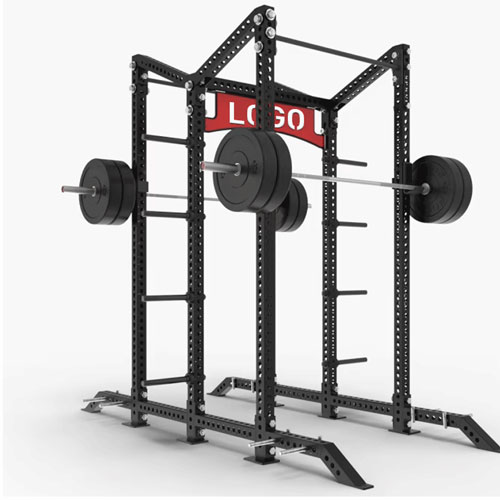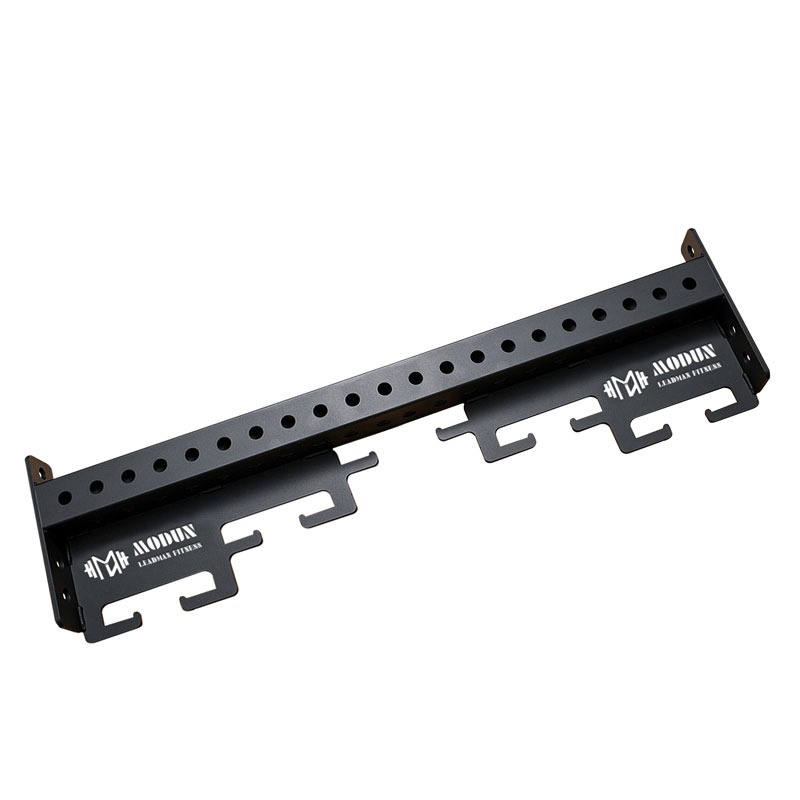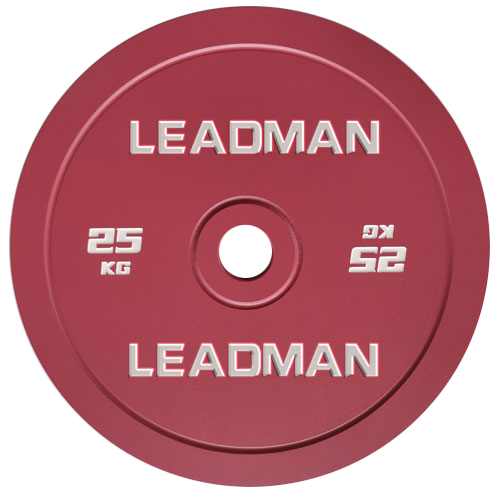Unlocking the Benefits of the Back Bench Press
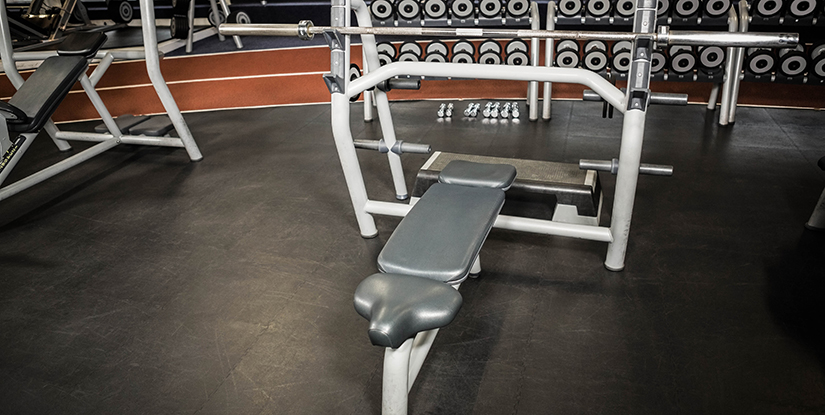
The back bench press is a variation of the classic bench press exercise that can offer unique benefits for building upper body strength and muscle mass. Unlike the flat bench press, the back bench press emphasizes the chest muscles (particularly the lower chest) due to the decline angle of the bench. This guide will walk you through everything you need to know about the back bench press, so you can unlock the full potential of this exercise in your fitness routine.
What is the Back Bench Press? Understanding the Setup and Execution
The back bench press is a weightlifting exercise performed while lying face-up on a decline bench. The decline position targets the lower pectoral muscles more effectively. The exercise involves lowering a barbell to the lower chest and then pressing it back up to the starting position, engaging the chest, shoulders, and triceps.
Muscles Worked in the Back Bench Press: A Detailed Look at Muscle Activation
Understanding which muscles are activated during the back bench press can help you tailor your workout to achieve specific fitness goals. The primary muscles worked include:
- Pectoralis Major (Chest): The back bench press heavily engages the chest muscles, particularly the lower portion, contributing to overall chest development. The decline angle of the bench places greater emphasis on the lower pecs.
- Triceps Brachii (Triceps): The triceps assist in extending the arms, playing a crucial role during the pressing phase of the exercise. They are responsible for locking out the elbows at the top of the movement.
- Anterior Deltoids (Front Shoulders): The front deltoids are involved in shoulder flexion and assist in the pressing motion. However, the back bench press generally places less stress on the shoulders compared to the flat or incline bench press.
- Latissimus Dorsi (Lats): Though not a primary mover, the lats play a crucial role in stabilizing the body on the bench and contributing to the overall power output during the exercise. Engaging the lats by pulling the shoulder blades back and down helps create a stable base for pressing.
Benefits of the Back Bench Press: Why Include It in Your Training?
Incorporating the back bench press into your workout routine can offer a variety of benefits:
- Targeted Lower Chest Development: The decline angle of the bench specifically targets the lower portion of the chest muscles, helping to create a more defined and sculpted chest.
- Reduced Shoulder Stress: Compared to flat or incline bench press variations, the back bench press generally places less stress on the shoulder joints, making it a potentially better option for individuals with shoulder issues.
- Increased Stability and Core Engagement: Maintaining stability on the decline bench requires greater core engagement and body control.
- Varied Muscle Activation: By incorporating different bench press angles, you can stimulate different muscle fibers and promote more balanced muscle development.
How to Do a Back Bench Press: A Step-by-Step Guide to Proper Form and Technique
Follow these steps to perform the back bench press safely and effectively:
- Set Up: Adjust the bench to a decline angle (typically between 15-30 degrees). Lie face-up on the bench with your feet firmly planted on the floor. Ensure your head, upper back, and hips are in contact with the bench.
- Grip the Bar: Grip the barbell slightly wider than shoulder-width apart, with an overhand grip. Your grip should be secure and comfortable.
- Unrack the Bar: Have a spotter assist you in un-racking the barbell from the rack. Position the bar directly above your lower chest, with your arms fully extended.
- Lower the Bar: Lower the barbell slowly and in a controlled manner towards your lower chest, keeping your elbows slightly tucked (at approximately a 45-degree angle to your body). Aim to touch the bar lightly to your chest.
- Press Back Up: Push the barbell back up to the starting position, fully extending your arms while engaging your chest and triceps. Focus on squeezing your chest muscles at the top of the movement.
- Repeat: Repeat the exercise for the desired number of repetitions, maintaining proper form throughout.
- Rerack the Bar: Once you have completed your set, have your spotter assist you in re-racking the barbell safely.
Common Mistakes to Avoid During the Back Bench Press
Avoiding these common mistakes can help you maximize the benefits of the back bench press and prevent injuries:
- Arching Your Back Excessively: While a slight arch in your lower back is natural, avoid excessive arching, as this can put unnecessary strain on your spine. Focus on maintaining contact between your upper back, shoulders, and head with the bench.
- Bouncing the Bar off Your Chest: Bouncing the barbell off your chest can lead to serious injuries. Maintain control throughout the entire range of motion.
- Using Too Much Weight: Start with a weight that challenges you without compromising form. Gradually increase the weight as you get stronger. If you are unsure, you can use a spotter for maximum intensity.
- Failing to Engage the Lats: Remember to engage your lats by pulling your shoulder blades back and down to create a stable base for pressing.
Back Bench Press Variations to Spice Up Your Workout
Experiment with these back bench press variations to target different muscle groups and challenge your body in new ways:
- Dumbbell Back Bench Press: Perform the exercise with dumbbells instead of a barbell for a greater range of motion and increased muscle activation. Dumbbells require more stabilization, engaging more of your stabilizer muscles.
- Close-Grip Back Bench Press: Use a closer grip on the barbell to target the triceps more effectively. A closer grip shifts the emphasis to the triceps and inner chest muscles.
- Reverse-Grip Back Bench Press: Use a reverse grip (palms facing you) to further emphasize the upper chest and front deltoids. This variation can be more challenging on the wrists, so use caution.
- Back Bench Press with Chains or Bands: Add chains or resistance bands to the barbell to increase the challenge throughout the exercise and improve explosive power.
Back Bench Press vs. Flat Bench Press: Which One Is Right for You?
The back bench press and flat bench press are both effective exercises for building upper body strength, but they target slightly different muscle groups and offer unique benefits. Consider the following factors when deciding which exercise to prioritize:
- Muscle Activation: The back bench press tends to emphasize the lower chest, while the flat bench press provides a more balanced activation of the entire chest.
- Shoulder Stress: The back bench press generally places less stress on the shoulder joints compared to the flat bench press, making it a potentially better option for individuals with shoulder issues.
- Core Engagement: The back bench press requires greater core engagement to maintain stability on the decline bench.
- Personal Preference: Ultimately, the best exercise is the one you enjoy the most and that helps you achieve your fitness goals. Experiment with both variations and see which one you prefer.
Sample Back Bench Press Workout Routine for Upper Body Strength
Incorporate the back bench press into your workout routine with this sample workout:
- Back Bench Press: 3 sets of 8-12 repetitions
- Incline Dumbbell Press: 3 sets of 8-12 repetitions
- Decline Dumbbell Flyes: 3 sets of 10-15 repetitions
- Cable Triceps Pushdowns: 3 sets of 12-15 repetitions
- Dumbbell Lateral Raises: 3 sets of 12-15 repetitions
FAQ About the Back Bench Press
1. Is the back bench press safe for everyone?
The back bench press may not be suitable for individuals with certain shoulder or lower back issues. Consult with a healthcare professional or certified personal trainer before incorporating this exercise into your routine.
2. How much weight should I use for the back bench press?
Start with a weight that allows you to maintain proper form and technique throughout the entire range of motion. Gradually increase the weight as you get stronger.
3. How often should I perform the back bench press?
Aim to incorporate the back bench press into your workout routine 1-2 times per week, allowing adequate rest and recovery between sessions.
Conclusion: Unlock Your Upper Body Potential with the Back Bench Press
The back bench press is a valuable exercise that can enhance strength, improve muscle mass, and contribute to overall fitness. By understanding the benefits, proper form, and variations of this exercise, you can unlock your upper body potential and achieve your fitness goals. Incorporate the back bench press into your workout routine and experience the transformative power of this effective exercise. Always prioritize safety, and consult with a qualified professional if you are new to weightlifting.

